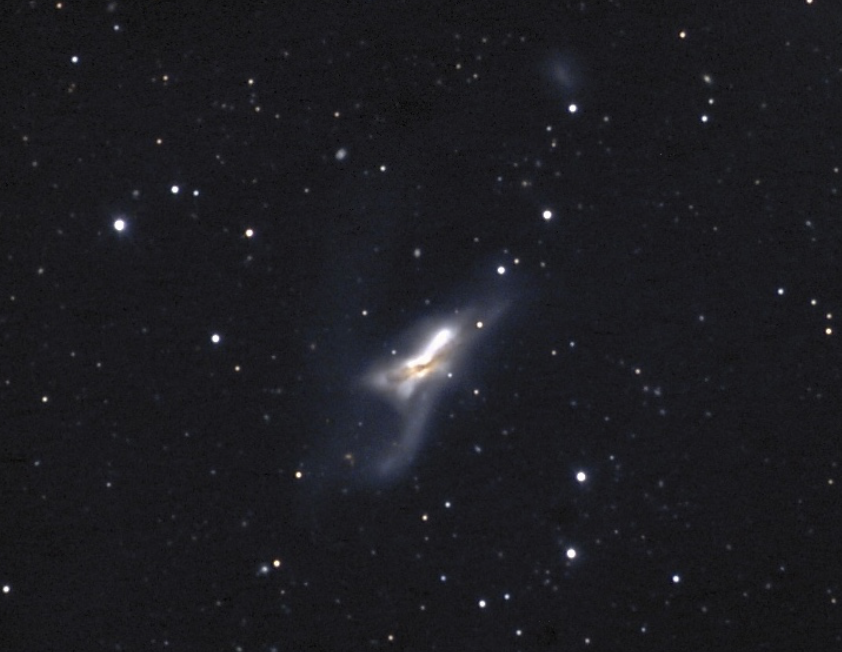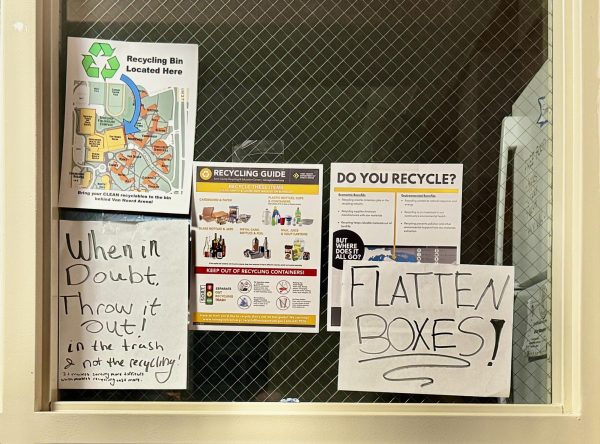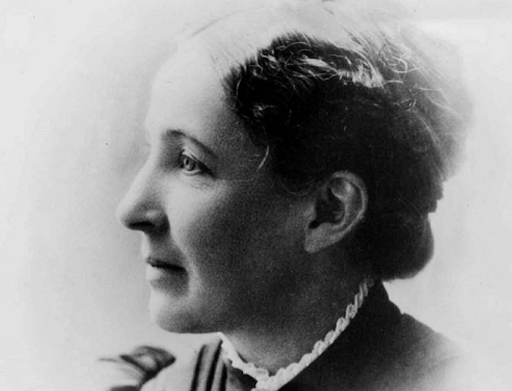Observatory Corner: Galactic Collisions
What happens when galaxies collide? Pictures of interacting galaxies like this tend to look quite dramatic. They beg the question: what would happen if a galaxy collided with ours? As it turns out, the Andromeda galaxy will collide with our galaxy in 4 billion years.
So what will become of our beloved Milky Way? As one might guess, the Milky Way will lose its shape over the course of the encounter. In addition, the gas and dust in both galaxies will collide, forming new nebulae and giving rise to rapid star birth. In other words, our galaxy will change shape, nebulae will be brighter and more numerous and many new stars will be born.
But what will happen to us? Believe it or not, there is a very good chance we will survive. The reason is simple: stars are very far apart. To quote my high school astronomy textbook, “a galaxy scaled down in size to the United States would have stars the size of human cells, each about a football field apart.” So, statistically, nothing will hit us.
However, while our cordial relationship with the sun will likely remain intact for eons to come, there is a chance that our solar system will be flung out of the Milky Way altogether. While perhaps a bittersweet farewell, it would allow us to finally see what our galaxy looks like from afar.
For more on galaxies, collisions and other bizarre features of our lovely universe check out the Calvin observatory webpage at http://www.calvin.edu/academic/phys/observatory/. If you want to visit the Calvin observatory on top of the science building, our hours are from 7:30 p.m. to 11 p.m. Mondays through Thursdays (weather permitting). More directions can be found on our website.








